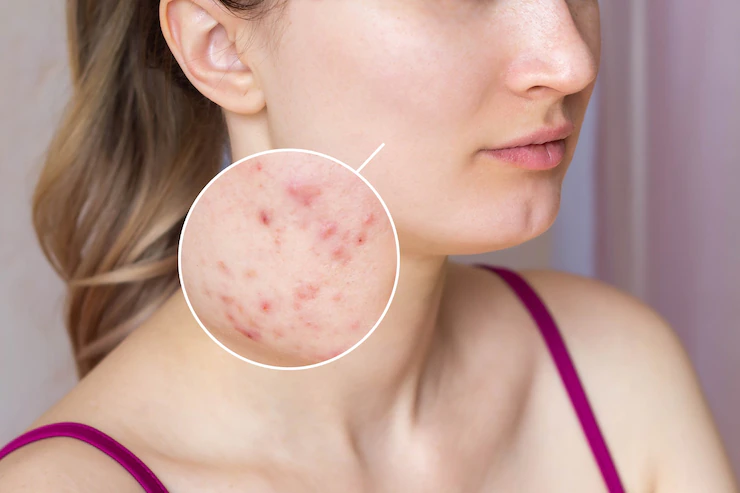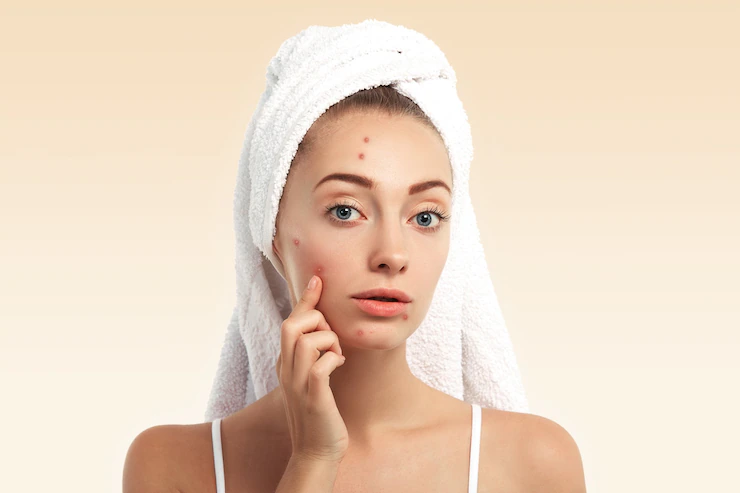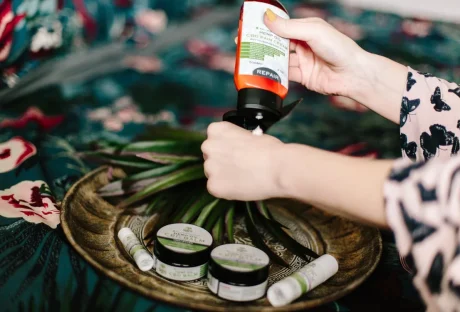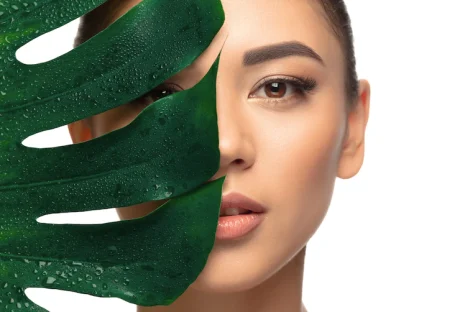Literally, thousands of people get relief from the healing and supportive qualities offered by overnight spot patches. Containing a gentle compound known as hydrocolloid, these little circles of protection not only stop you from picking your pimples but also draw out the toxins inside.
However, before you buy any cosmetics-related products, it’s first important to know what they do and what they don’t. This is something that absolutely applies to spot patches, as many people expressing disappointment in the achieved results are not using them properly, as they tend not to know what they do precisely.
What CAN Overnight Spot Patches Do?

A little like their larger cousin – the blister bandage – acne patches comprise of small stickers with a gummy back that sits right over the zit in question. By providing a protective barrier, the spot is kept clean, while also drawing out pus, dirt, bacteria, and anything else nasty lurking in your pores.
Picking is one of the worst things you can do to a zit and patches like these stop it in its tracks – which is very beneficial, as it’s easily done without knowing and it’s something that can undo all your hard work.
Used on pimples and other spots that have essentially risen and broken the skin’s surface, they’re usually applied at bedtime (hence the name), meaning you wake up to the somewhat pleasing task of taking them off and seeing what they’ve drawn out.
Prior to application, it’s essential that your skin’s surface is totally dry, as you might otherwise find it hard to affix your overnight spot patches to your skin. Should you be trying to treat a freshly-picked spot that’s oozing liquid, you should cleanse it before any patch is applied.
Used in this way, acne patches CAN provide vital protection for your spots and help you overcome them.
What CAN’T Overnight Acne Patches Do?

Well, firstly they can’t make your acne worse, as they’re designed to bring down inflammation. The only negative experience you might have is one of disappointment that you didn’t the intended results, but this is invariable because, again, they’ve been used incorrectly i.e. before the spot has properly erupted.
This is the crux of what spot patches can’t do, as they’re created to deal with open or nearly open zits, rather than papules and cysts that are well below the skin’s surface. Truthfully, if they’re applied over deep lesions or active bumps, they’re not going to do a great deal.
They’re not going to completely clear your pores either, as benzoyl peroxide and salicylic acid products are the tools of choice when it comes to that particular task.
Related Resource: What You Need to Know About Caring for Your Skin as You Get Older: Your Guide
Use Overnight Spot Patches For Their Correct Purpose

Why wouldn’t you wear wellington boots to play soccer? That’s right because that’s not what they’re designed for! So, when using zit patches, the same thing applies – they’re for a very specific purpose for a very specific kind of spot.
You can’t expect they’re going to do anything else or you will be left disappointed in what they do. Use the product for its intended purpose in the way described and you can’t help but calm down your zit, but if you’re expecting anything else other than a calmer spot with less gunk inside afterward, you’re not going to be happy.
Read Also:






















